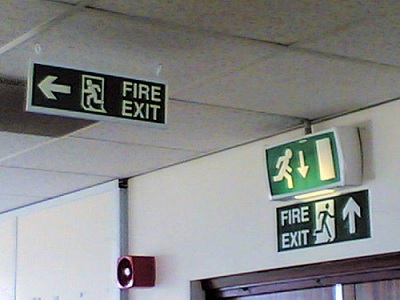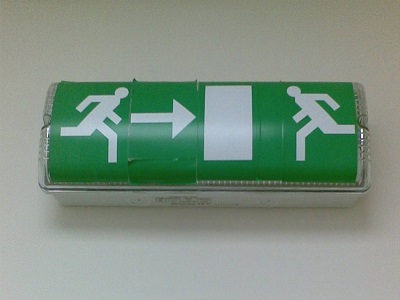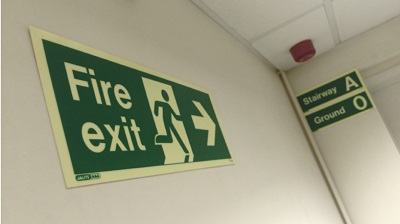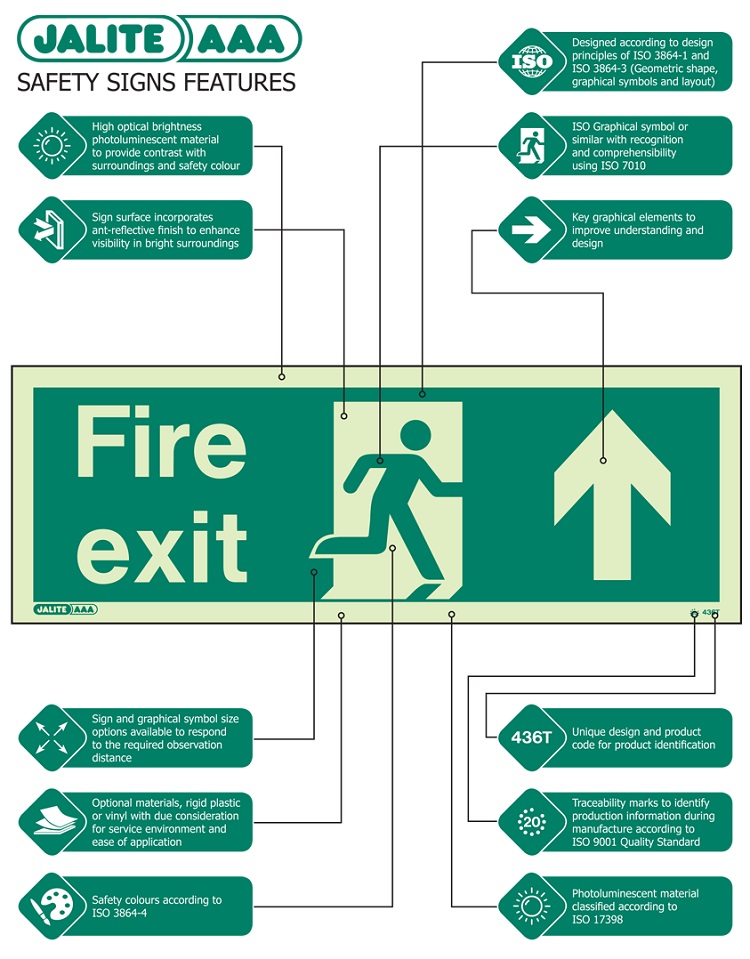Jalite Photoluminescent Safety Signs
JALITE has spent years behind the scenes on various safety sign committees and associations; implementing the extensive research, legislation and Standards to the development, design, manufacturing and distribution of quality JALITE photoluminescent signs. They know more than most that misdirection and confusion of safety signs can cost lives. This in mind, they are aiming to bring widespread awareness to end users as to the importance of safety signs. Their mission is to engage with the general public; encouraging them to recognise when the safety signs in their environments are ridiculously inaccurate.
Directional signage is undoubtedly one of the most important safety sign types, and unfortunately one of the most frequently misplaced and misused signs. Hence why this sign type is the focus of this blog.
Below, you’ll find examples of installed directional signs seen in public settings that do not conform to BS 5499-4:2013, and are sited inappropriately.
You’ll also find examples of well designed, directional signage that is sited correctly. We’ll also breakdown the sign features of JALITE photoluminescent fire exit signs; compliant to BS 5499:4:2013.
Poorly Designed & Non-Compliant Signage Examples


The effectiveness of a sign must not be adversely affected by:
- Poor design
- Incorrect positioning
- Insufficient number of signs
- Poor state of appearance and repair
- Incorrect functioning of signs or signalling devices
Well Designed & Compliant Jalite Signage

The above example of quality JALITE photoluminescent signs are sited to lead evacuees along the escape path to safety. The stairway and floor identification signs allow these evacuees and rescue services to identify where they are in the building. These signs are well-designed, maintained and compliant to Standards.
We understand that there is some confusion as to the choice of the appropriate escape route directional signage, amongst end users and fire safety professionals alike. Hence the summary below of essential guidance, as seen in BS 5499-4:2013.

|
|






